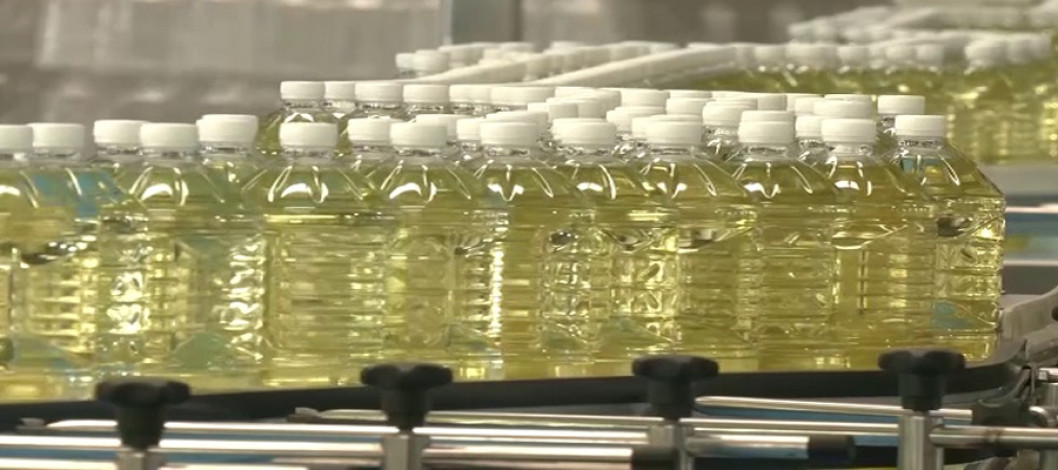
File Photo
According to an official note, the oilseeds output is expected to increase from the current level of 39.2 MT to 69.7 MT by 2032 while the area under oilseeds is expected to rise to 33 million hectares (MH) from 29 MH.
The government has set a target to raise edible oil production by 64% to 20.18 million tonnes (MT) per annum by 2032 from 12.3 MT at present. The move is aimed at reducing the rising import bill for cooking oils, which is proving to be another strain on the country’s current account, along with crude petroleum imports.
India imported edible oils worth $20billion in oil year 2022-23 (Nov-Oct). Imports have continued unabated in the current year too, aided by low import tariffs.
The new policy will strive to boost the production of mustard, soybean, and groundnut with the use of new seed varieties developed by private and public sectors, better farm practices, and the use of rice fallows in eastern states, according to an agriculture ministry official.
“The aim is to reduce imports of cooking oil to 28% of the country’s annual consumption from the current level of 57%,” he said.
The official said under the Rs 10,102 crore national mission on edible oil recently approved by Cabinet, the target is to boost the extraction efficiency of secondary oilseeds like cottonseed and rice bran oils.
Currently, against an annual consumption of 29.2 MT of cooking oils, 12.69 M T is domestically produced which mainly includes mustard, soybean, and groundnut. Out of total imports of 16.5 MT of edible oils, palm oil has a share of 60% while soybean and sunflower oils have a 20% share each.
While acknowledging that a significant increase in the area under oilseeds is not feasible, the official said: “We are aiming to increase edible oil production through the introduction of high-yielding varieties as there is a huge yield gap against the potential, extending cultivation into rice and potato fallow areas in the eastern regions and promotion of inter-cropping.”
According to an official note, the oilseeds output is expected to increase from the current level of 39.2 MT to 69.7 MT by 2032 while the area under oilseeds is expected to rise to 33 million hectares (MH) from 29 MH. “Around 27% of increase in edible oil production would come from area expansion while major chunk in increase in production would be from new varietal development,” the official said.
The government has identified 1.12 MH of rice fallow where the land remains unused after harvesting for the production of oilseeds in Odisha, West Bengal, Bihar, Chhattisgarh, Madhya Pradesh, and Maharashtra.
The official said over 600 value chain clusters will be developed across 347 unique identified districts, covering more than one million hectares annually. These clusters will be managed by value chain partners such as farmers’ producer's organizations (FPOs), cooperatives, and public or private entities.
The financial support will be provided for breeder seed production in the 65 seed hubs, the official said. Farmers in these clusters will have access to high-quality seeds, training on Good Agricultural Practices (GAP), and advisory services on weather and pest management.
In 2021, the national mission on edible – oil palm with an outlay of Rs 11,040 crore to boost palm oil cultivation. The aim of the programme is to boost crude palm oil production from the current level of 0.5 MT to 4 MT by 2032 through a total plantation of around 1 million hectares.
In addition, the mission has proposed a dynamic import duty structure based on the minimum support price (MSP) of oilseeds as well as domestic and global prices. See more.
Source: Online/OFA
Comment Now